How To Grow Cucumbers: The Ultimate Care & Growing Guide
Cucumbers are a refreshing and healthy vegetable that are rewarding to grow and are a great addition to any vegetable garden. Learn how to grow cucumbers here.

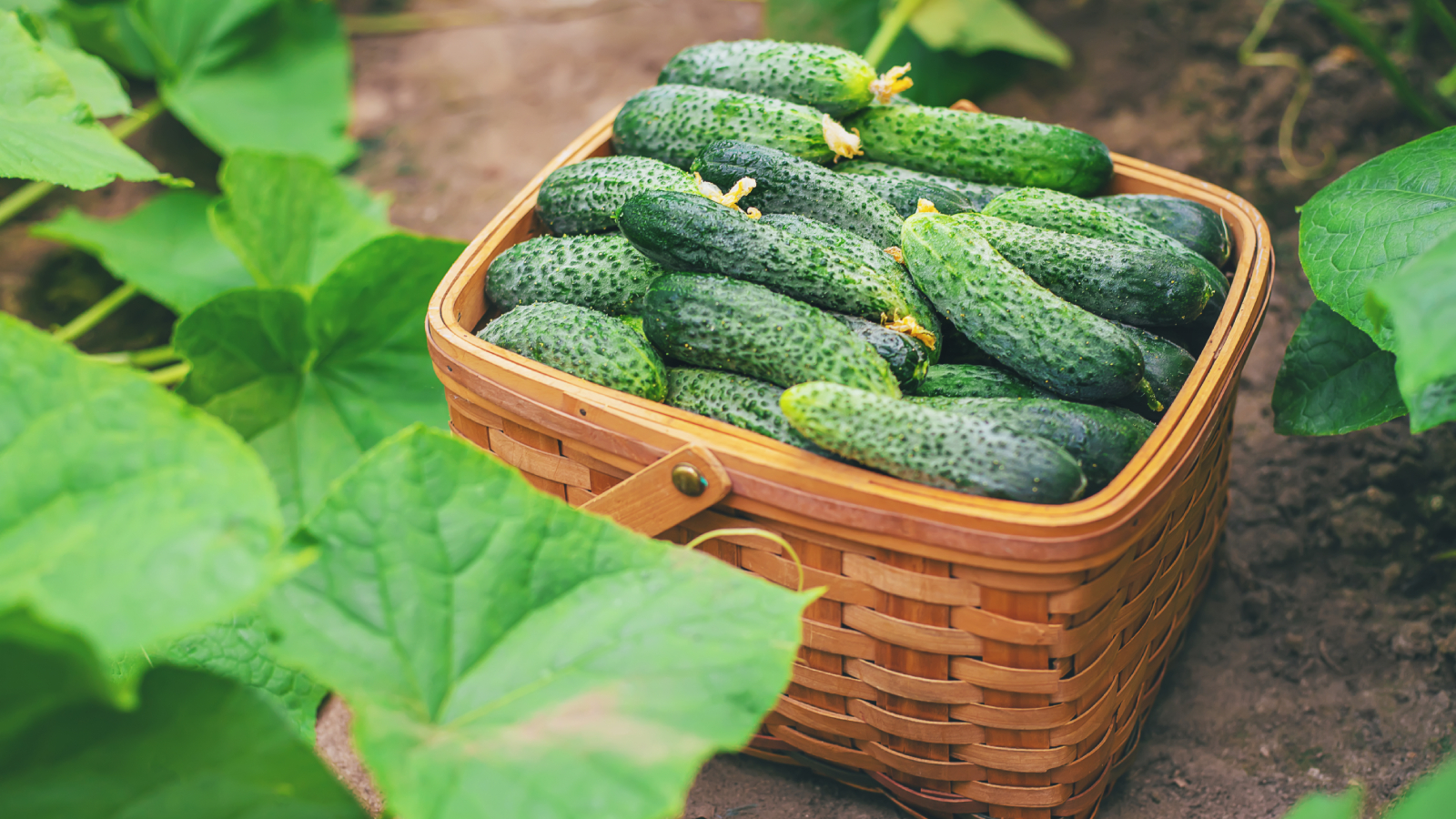
Quick Facts
Botanical name: Cucumis sativus
Height: 2-6 feet (.6-1.8 m.)
Spread: 1-3 feet (.3-.9 m.)
Sun exposure: Full
Soil requirements: Well draining, organic
Hardiness zones: USDA 4-12
When to plant: Spring, when soil has warmed
There is nothing like a cool, fresh cucumber on a summer's day. Perfect for salads, pickling, or snacking, cucumbers are nutritious and rewarding to grow.
Growing cucumbers isn’t difficult provided there is enough space and light. Some varieties are best suited for pickling, others have fewer seeds and more flesh, and there are even varieties that perform beautifully in containers.
Learn how to grow cucumbers so you can enjoy garden fresh fruits.
Cucumber Plant Care
The cucumber plant is a rambling vine or bush. There are both slicing and pickling types of cucumber, each with similar cultivation needs. Vining varieties work best when trained to a trellis.
Light
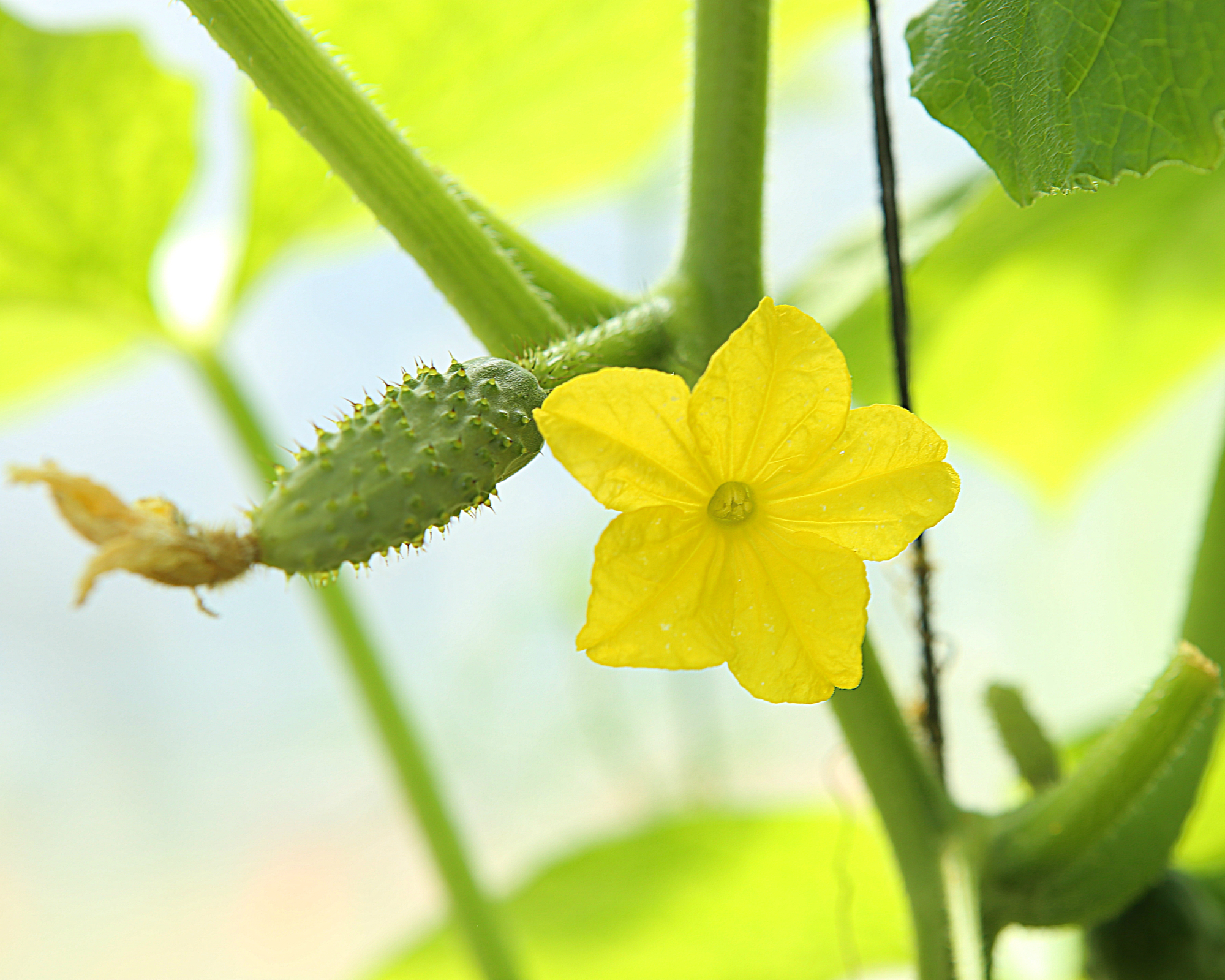
Cucumbers are a sub-tropical crop that is frost tender. Select a bright, sunny location when planting cucumbers. They need around 8 hours of sunshine to produce yellow, starry flowers that develop into the fruits. Direct seeding is preferred but in areas with a late start on the growing season, the seeds can be sown in flats. Give the seedlings plenty of light indoors until it is time to transplant them.
Water
The bulk of a cucumber is water, therefore, cucumber seedlings and adult plants need plenty of moisture. Deep watering is preferred to frequent light watering. On average a cucumber plant needs 1 inch (2.54 cm.) of water weekly. In sandy soils, where moisture percolates away quickly, the plants will need more frequent watering than in loamy soils.
Temperature & Humidity
The soil temperature for best germination should be 60 degrees Fahrenheit (15.56 C.). During the growing season, temperatures of 70-90 F (21-32 C.) are preferred. Warm temperatures promote fruit formation. Extremely high temperatures will require more frequent watering and could result in some wilt and slower flowering. Cucumbers thrive in humidity levels of 60-70 percent.
Sign up for the Gardening Know How newsletter today and receive a free copy of our e-book "How to Grow Delicious Tomatoes".
Soil
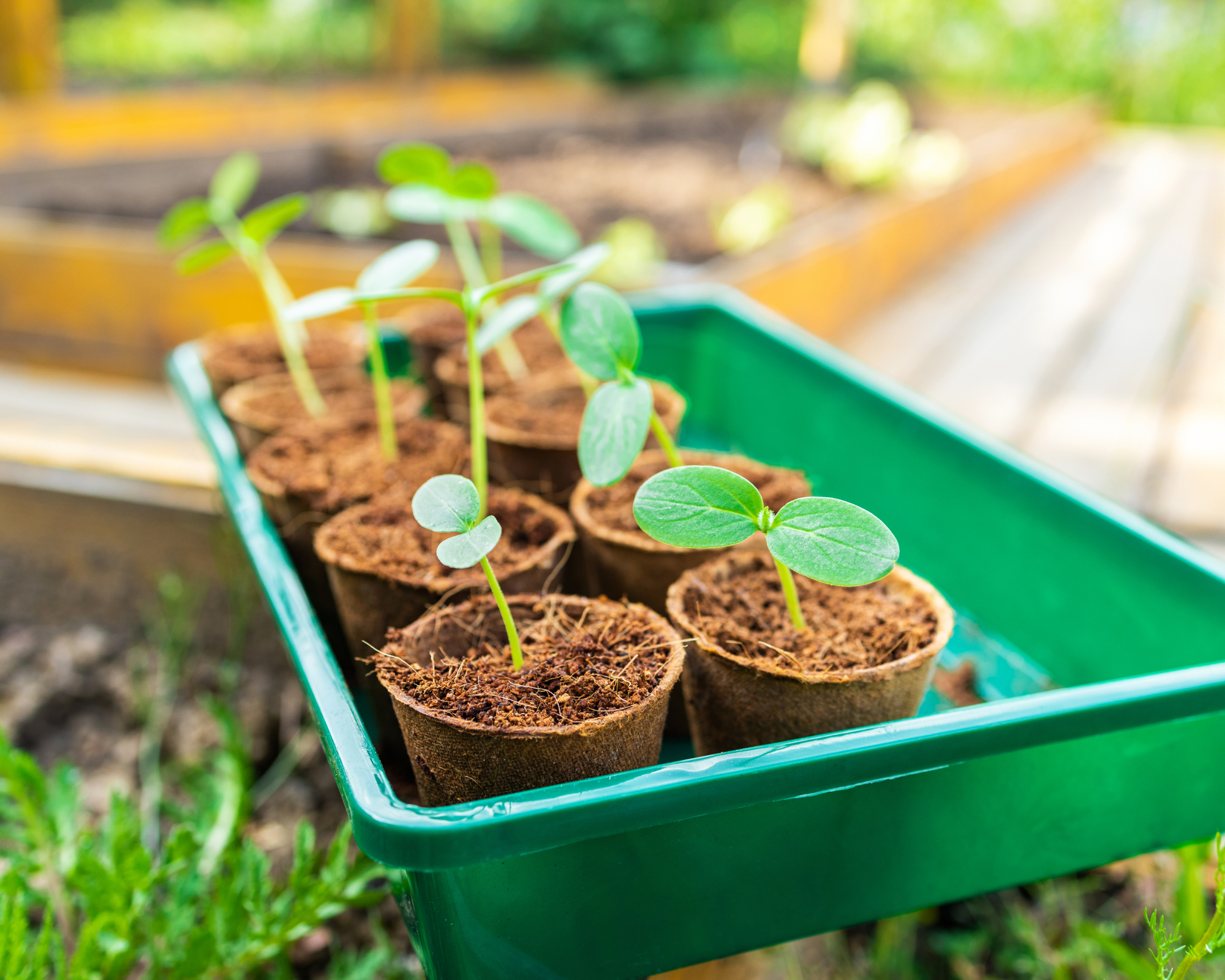
These Cucurbits need well-draining soil that is high in organic amendments. If the soil is poor, work in a generous amount of compost to a depth of 6 inches (15.24cm.). The soil should have a pH range of 6.0-6.5. You can plant cucumbers directly into a garden or you can plant cucumbers in a container.
Fertilizer
Once the plants start to form buds, work in a nitrogen fertilizer such as 33-0-0. just outside the root zone. Apply again 3 weeks later. Alternately, use fish emulsion diluted to the package instructions.
Problems, Pests & Diseases
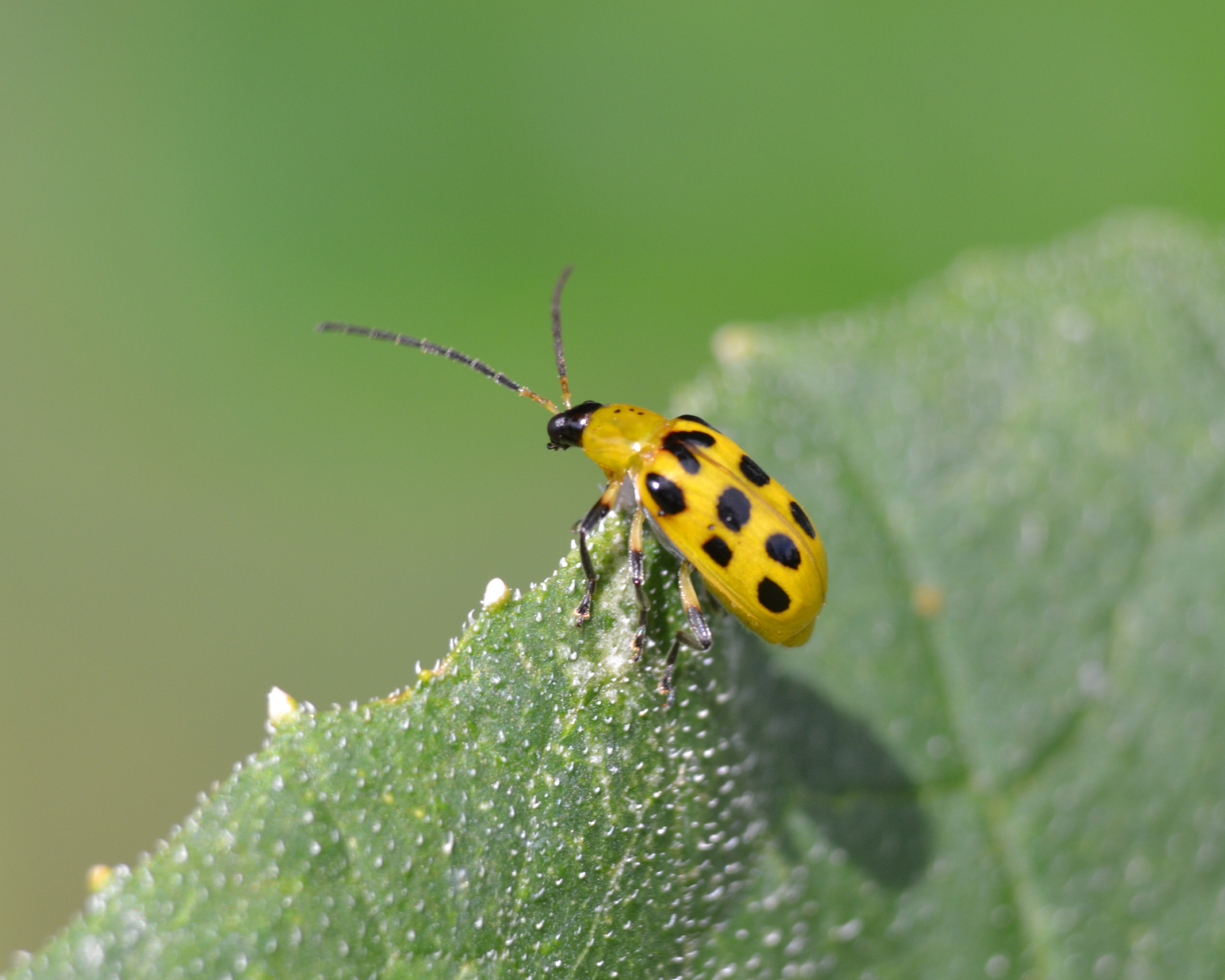
A common problem is planting too early. If the soil temperatures have not warmed enough, germination will be spotty.
Cucumber beetles are the bane of cucumber plants. These small beetles eat the leaves, stems, and fruit. They are also the vector for bacterial wilt. If the plant wilts and withers, it cannot be saved and should be removed.
Powdery mildew and other leaf spotting diseases are common. Avoid overhead watering to prevent mildew and fungal diseases, and make sure you plant them far enough apart to allow for ventilation.
How To Plant Cucumbers
Once the site is prepared it is time to decide how to plant cucumbers. They may be sowed in rows or hills. Space seeds 6 inches (15.24 cm.) apart in rows that are 2 feet (.61 m.) apart. Build flat mounds 5-6 inches (12.7-15.24 cm.) high and 1 foot (.3 m.) wide. Place 4 evenly spaced seeds in each mound. Once germination takes place, thin to just 2 plants per mound.
Trellising Cucumbers
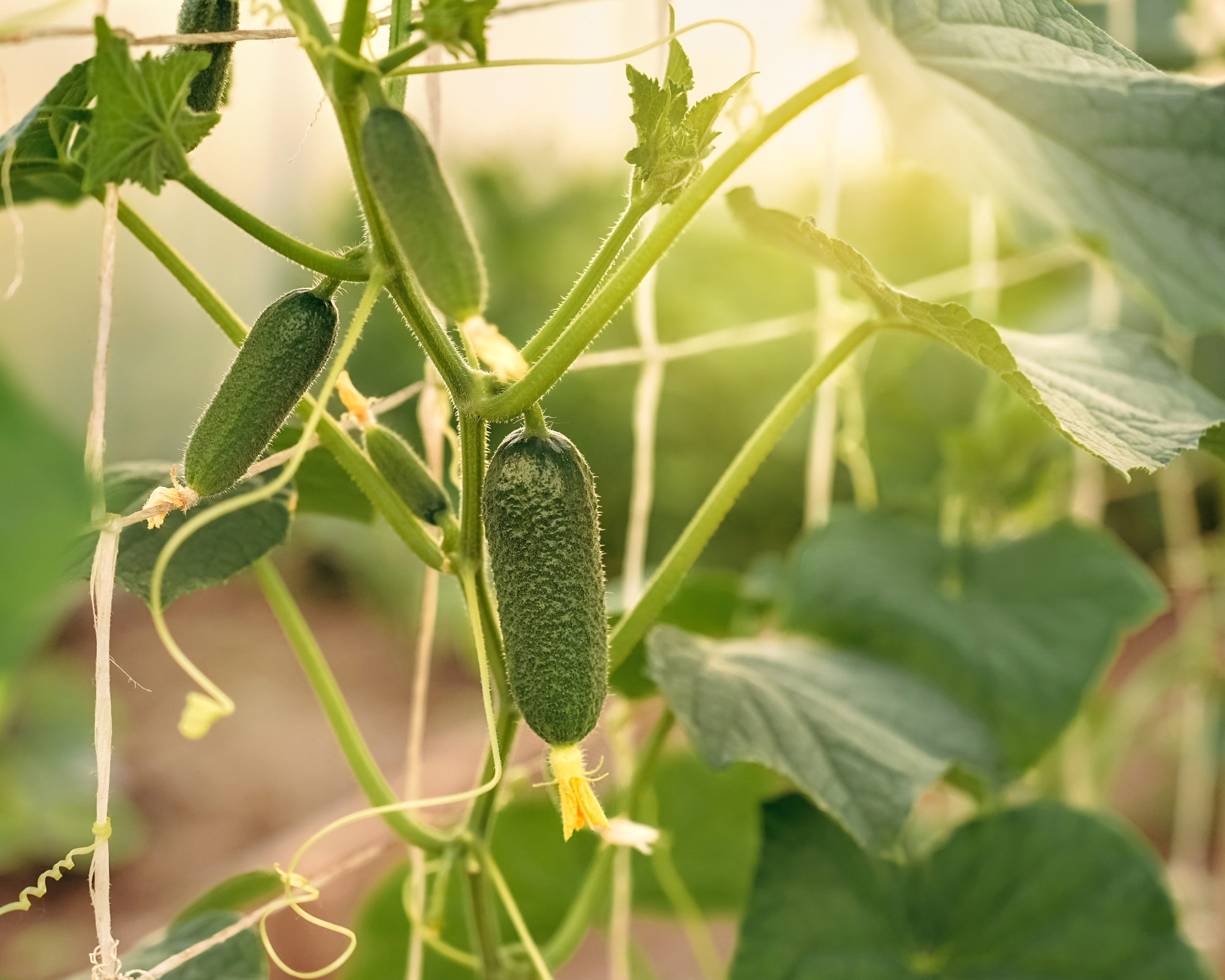
If your variety is the vining type, stakes, cages, or trellises will keep the fruit out of the soil. This will help develop straighter fruits, and avoids fungal issues from contact with moist soil. A great option for a sturdy, but easy to construct trellis is the C-Bite plant support kit found in the Gardening Know How Shop. You can also build a cuke tunnel by constructing an easy cattle panel trellis.
Trellising will also allow more light to penetrate to promote flowering and fruiting. Use plant ties as the plant matures to train it to a vertical structure, being careful not to girdle the stems.
How & When To Pick Cucumbers
Most varieties of cucumber are ready to harvest 50-70 days after planting. Each type is harvested at a different stage but the best fruits are firm and deeply colored. Harvest the fruit before they start to yellow. These older fruits are bitter and have poor texture.
Cut the fruit off ¼ inch (0.6 cm.) below the stem. Harvest fruit frequently to encourage the plant to produce more. Store cucumbers in the vegetable crisper and use while still firm.
Propagation
Propagation by seed is the used method. It is best to direct seed if possible, but starts may be transplanted after hardening off the young cucumber plants.
Varieties
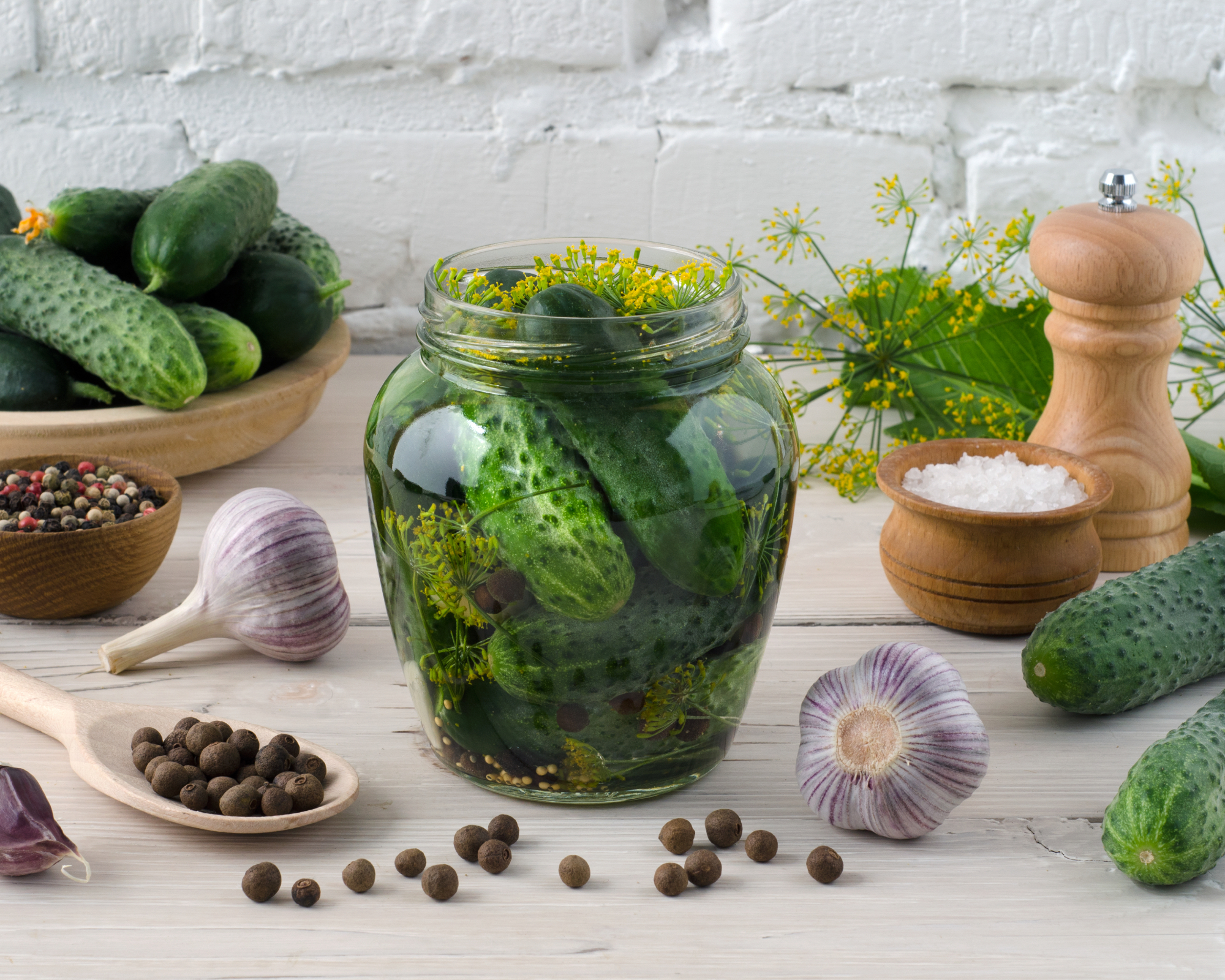
Among the pickling varieties and slicing varieties, there are also burpless types. These have fewer seeds and seem to introduce less gastric distress in those that are susceptible.
There are also lemon, Armenian, and Japanese forms. Lemon cucumbers are rounded and creamy to yellow. Armenian cucumbers are slender and very long. Japanese cucumbers can grow up to 24 inches (61 cm.).
Slicing bush form: 'Bush Crop', 'Fanfare'
Slicing Vine Form: 'Straight Eight', 'Diva', 'Marketmore'
Pickling: 'Boston', 'Calypso', 'National Pickling'
Frequently Asked Questions
Do cucumbers need a trellis?
There are both vine and bush cucumbers. Consult your seed packet to see which you have. Vining types will perform best on a vertical structure.
How long does it take for a cucumber to grow?
Cucumbers need from 50-70 days to produce fruit. The fastest varieties are 'Pick a Bushel', 'Saladmore', and 'Parisian gherkin'.
This article features products available from third-party vendors in the Gardening Know How Shop.

Bonnie Grant is a professional landscaper with a Certification in Urban Gardening. She has been gardening and writing for 15 years. A former professional chef, she has a passion for edible landscaping.